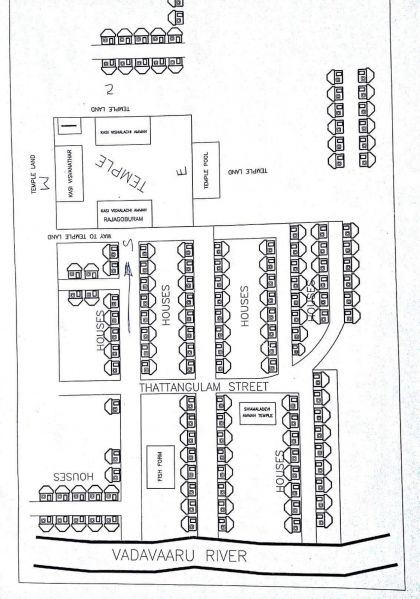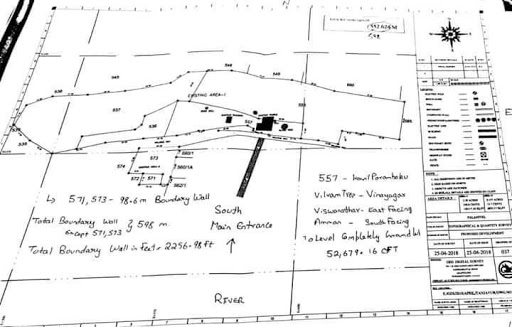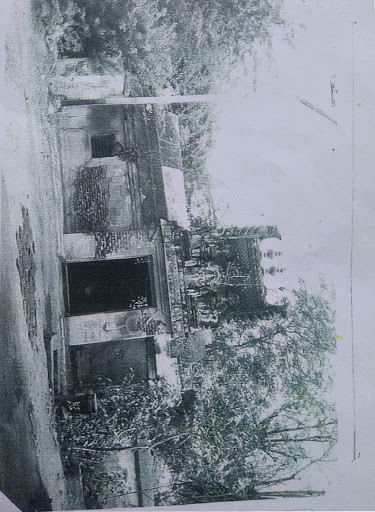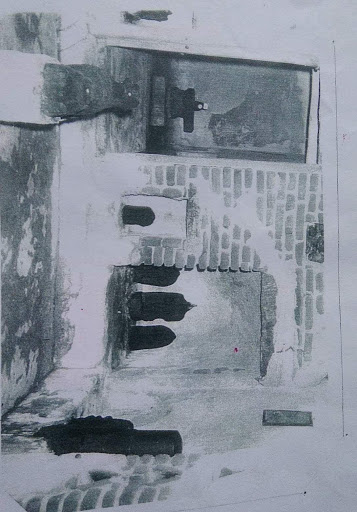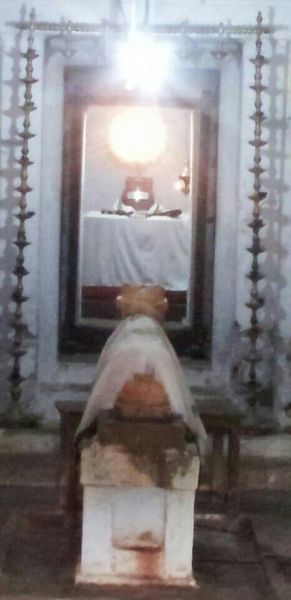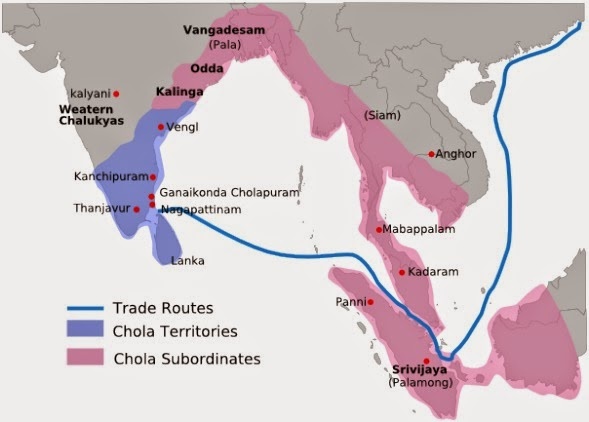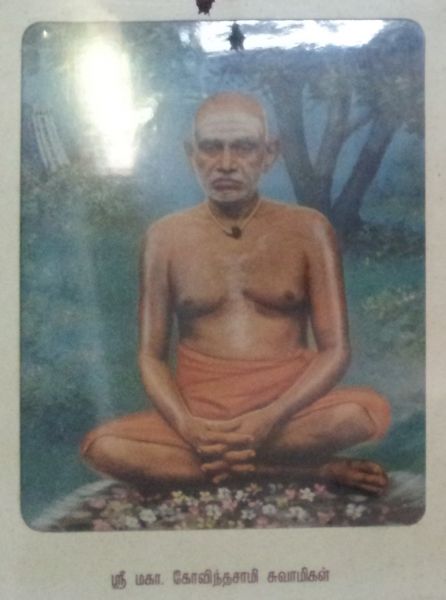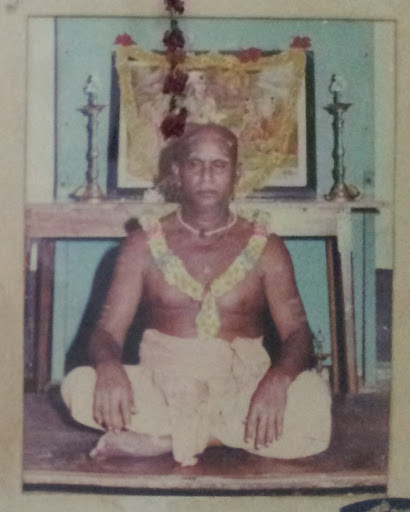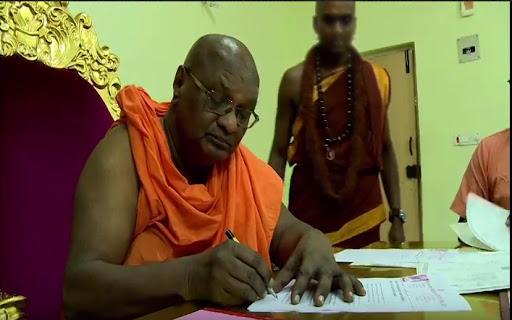Difference between revisions of "Kailasa Paramparagatha Sūrya Vaṃśa Chola Samrajya Sarvajnapeetham"
Ma.Supraja (talk | contribs) |
Ma.Supraja (talk | contribs) |
||
| Line 111: | Line 111: | ||
==Coronation== | ==Coronation== | ||
| − | + | '''History''' | |
| − | + | On April 15, 2014 The Supreme Pontiff of Hinduism, Jagatguru Mahasannidhanam, His Divine Holiness Bhagavan Nithyananda Paramashivam was coronated as the Pontiff of the Thanjavur Peetha ruling from the ancient Aadheenams (monasteries) - Sri Palswamy Mutt and Sri Sankara Swami Mutt in Thanjavur, South India by His predecessor Swami Atmananda. These Aadheenams (monasteries) serve under the Sri Kashi Vishwanathar temple in Thanjavur owned and governed by His Divine Holiness. The Kingdom of Thanjavur is a Spiritual Kingdom. | |
| − | |||
Video of Coronation of His Divine Holiness | Video of Coronation of His Divine Holiness | ||
| Line 128: | Line 127: | ||
| − | Thavathiru Palsamigal - 1788 TO 1881 | + | # Thavathiru Palsamigal - 1788 TO 1881 |
| + | # | ||
| + | # Thavathiru Palayagovinda Swamigal - 1881 TO 1902 | ||
| + | # | ||
| + | # Poondi Sri Brahmananda Swamigal - 1902 TO 1903 | ||
| + | # | ||
| + | # Sellappa Jnanadesika Swamigal - 1903 TO | ||
| + | # | ||
| + | # Veerasekara krishna Swamigal - TILL 1942 | ||
| + | # | ||
| + | # Maha Govinda Swamigal - 1942 TO 1947 | ||
| + | # | ||
| + | # Maha Go Vasudeva Swamigal - 1947 TO 1956 | ||
| + | # | ||
| + | # Maha Govinda Swamigal - 1956 TO 1959 | ||
| + | # | ||
| + | # Mu. Go. Krishna Swamigal - 1959 TO | ||
| + | # | ||
| + | # Swami Akilananda - 1990 TO 1991 | ||
| + | # | ||
| + | # Swami Atmanandar - 1991 TO 2014 | ||
| − | |||
| − | + | {{#hsimg:1|300| |http://drive.google.com/uc?export=view&id=1q1q3SS0FBdJeZc5zvDtwBMn6yokZrO4x}} | |
| − | + | {{#hsimg:1|300| |http://drive.google.com/uc?export=view&id=1_DJMXUTembTl5W-1uFCRS4LZotfbgbpl}} | |
| − | + | {{#hsimg:1|300| |http://drive.google.com/uc?export=view&id=19RrP5NOFTadCYZFhhHK2VVnjVqCLw7oY}} | |
| − | |||
| − | |||
| − | |||
| − | |||
| − | |||
| − | |||
| − | |||
| − | |||
| − | |||
| − | |||
| − | |||
| − | |||
| − | |||
| − | |||
==Coronation Document== | ==Coronation Document== | ||
Revision as of 03:36, 26 October 2020
The Ancient Kingdom of the Cholas in South India (Thanjavur)
History
Karanthai - headquarters of the Kailaasa Paramparagatha Sūrya Vaṃśa Sarvajnapeetha Chola Samrajyam ruling from Thanjavur
On April 15, 2014 His Divine Holiness Bhagavan Sri Nithyananda Paramashivam was coronated as the Supreme Pontiff of the Kailaasa Paramparagatha Sūrya Vaṃśa Sarvajnapeetha Chola Samrajyam (spiritual and religious kingdom) ruling from Thanjavur. The headquarters and Palace of the Peetham is in Karanthai. The temple here is dedicated to Paramasiva and exists from time immemorial, worshipped by generations of people. It is older than even the architectural marvel Brihadeeswarar temple built by the Chola King Raja Raja Cholan in 1010 CE. It is called the “Kashi Vishwanathar temple” having the same presiding deities of Kasi Vishwanathar and His Divine Consort Kasi Visalakshi as in the world-renowned Kashi Vishwanathar temple in Varanasi (Kashi), North India. The temple is worshipped as a “mukti sthal” meaning “sacred place of liberation” just like how Kashi is worshipped from yore. The Shiva linga (deity form of Paramasiva), Goddess Visalakshi and other deities are seen here. The other deities are: Ganesha, Muruga and His Consorts Valli and Deivanai, Mahalakshmi, Dakshinamurti, Chandikeshwara, Surya, Bhairava, Shiva, Nagar, Banam (Shiva linga linga), Nandi, Peetham.
The temple is located near the river Vadavaaru, a branch of the sacred Kaveri. It is said to bestow the same benefit as the sacred Ganga on whosoever dips in its sacred waters. The main deity, the Shiva linga is believed to have been brought from Kashi which is why the same name.
Art and Culture
Thanjavur is an important center of South Indian religion, art, and architecture. Most of the Great Living Chola Temples, which are UNESCO World Heritage Monuments, are located in and around Thanjavur. The foremost among these, the Brihadeeswara Temple, is located in the centre of the city. Thanjavur is also home to Tanjore painting, a painting style unique to the region.
Thanjavur Painting
Thanjavur Painting is a classical South Indian painting style, which was inaugurated from the town of Thanjavur (anglicized as Tanjore) and spread across the adjoining and geographically contiguous Tamil places. The art form originated around 1600 AD, a period when the Nayakas of Thanjavur under the suzerainty of the Vijayanagara Rayas encouraged art—chiefly, classical dance and music—as well as literature, both in Telugu and Tamil and painting of chiefly Hindu religious subjects in temples. It is distinguished by its famous gold leaf coating.
Thanjavur paintings are characterised by rich and vivid colors, simple iconic composition, glittering gold foils overlaid on delicate but extensive gesso (a mix of chalk and gypsum) work and inlay of glass beads and semi-precious and and very rarely precious gems. Incidents or portraits from Hindu History are depicted in it.
Lineage of Regent Kings
The region around present day Thanjavur was ruled by the Mutharayars who were landlords and controlled the lands. Their primary occupation was agriculture and trade. They ruled in sixth century, up to 849.
The Cholas came to prominence once more through the rise of the Medieval Chola monarch Vijayalaya (841–878) in about 850. Vijayalaya conquered Thanjavur from the Mutharayar king Elango Mutharayar and built a temple dedicated to the Hindu Goddess Nisumbhasudani. His son Aditya I (871–901) consolidated the hold over the city. Gradually, Thanjavur became the most important city in the Chola Empire and remained its capital till the emergence of Gangaikonda Cholapuram in about 1025.
During the first decade of the eleventh century, the Chola king Raja Raja Chola I (985–1014) constructed the Brihadeeswarar Temple at Thanjavur. The temple is considered to be one of the best specimens of Tamil architecture.
When the Chola Empire began to decline in the 13th century, the Pandyas from the south emerged as the rulers in Thanjavur from 1279 to 1311.
The Mughal invasion of Thanjavur
The kingdom of Thanjavur was raided by the forces of the Mughal general Malik Kafur (1296–1306) and later annexed by the Delhi Sultanate. The Sultanate extended its authority directly over the conquered regions from 1311 to 1335 and then through the semi-independent Ma'bar Sultanate from 1335 to 1378. Ma'bar Sultanate was a short lived independent kingdom based in the city of Madurai in Tamil Nadu, India. The sultanate was proclaimed in 1335 when the then viceroy of Madurai, Jalaluddin Ahsan Khan declared his independence from the Delhi Sultanate. Ahsan Khan and his descendants ruled Madurai and surrounding territories until 1378.
The last sultan, Ala-ud-Din Sikandar Shah fell in battle against the forces of the Vijayanagara Empire led by Kumara Kampana. In this short reign of 43 years, the Sultanate had 8 different rulers.
The Vijayanagara Kings
Following are four stone inscription evidences to show the Vijayanagara dominance over Thanjavur after the Cholas: The Vijayanagara King Krishna Deva Raya's inscription dated 1443, Thirumala's inscription dated 1455 and Achuta Deva's land grants dated 1532 and 1539.
Sevappa Nayak (1532–80), the Vijayanagar viceroy of Arcot, established himself as an independent monarch in 1532 (1549, according to some sources) and founded the Thanjavur Nayak kingdom.
Achuthappa Nayak (1560–1614), Raghunatha Nayak (1600–34) and Vijaya Raghava Nayak (1634–73) are some of the important rulers of the Nayak dynasty who ruled Thanjavur. Thanjavur Nayaks were notable for their patronage of literature and arts.
Then, the Madurai Nayak King Chokkanatha Nayak (1662–82) tookover and ruled in 1673. Vijaya Raghunatha Nayak, the son of Chokkanatha, was killed in a battle and Chokkanatha's brother Alagiri Nayak (1673–75) was crowned as the ruler of the empire.
Thanjavur was successfully conquered in 1674 by Ekoji I (1675–84), the Maratha feudatory of the sultan of Bijapur and half-brother of Shivaji (1627/30-80) of the Bhonsle dynasty. Ekoji founded the Thanjavur Maratha kingdom which ruled Thanjavur till 1855.[8][11]The Marathas exercised their sovereignty over Thanjavur throughout the last quarter of the 17th and the whole of the 18th century. The Maratha rulers patronized Carnatic music. In 1787, Amar Singh, the regent of Thanjavur, deposed the minor Raja, his nephew Serfoji II(1787–93) and captured the throne. Serfoji II was restored in 1799 with the assistance of the British, who induced him to relinquish the administration of the kingdom and left him in charge of Thanjavur fort and surrounding areas.
The British annexation of Thanjavur
The kingdom was eventually absorbed into British India in 1855 by the Doctrine of Lapse when Shivaji II (1832–55), the last Thanjavur Maratha ruler, died without a legitimate male heir. The British referred to the city as Tanjore in their records.[8] Five years after its annexation, the British replaced Negapatam (modern-day Nagapattinam) with Thanjavur as the seat of the district administration.
Palswamy mutt
The ancient Aadheenams (monasteries) - Sri Palswamy Mutt and Sri Sankara Swami Mutt in Thanjavur, serve under the Sri Kashi Vishwanathar temple in Thanjavur owned and governed by His Divine Holiness.
Sri Palaya Jnandesikar Swamigal is the founder as per recorded History of the Palswamy mutt. The Palswamy mutt is one of the ancient monastery complexes which is a heritage property of a sage by name Palswamy. He expressed extraordinary powers such as disappearing in one place and appearing in another. He healed and enriched the people living in the surrounding community.
After the demise of the sage around 1000 yrs ago, King Rajarajachola (https://en.wikipedia.org/wiki/Raja_Raja_Chola_I) installed a Śivaliṅga (deity form of Paramashiva, the Primordial Hindu Divinity) in this monastery complex. The Chola kingdom came into being later in this region and served as the administrative regent of the region.
The monasteries remained under the direct representative and legal heir of Paramashiva, the Pontiff. Paramashiva is worshipped here in deity form. The Pontiff ensures that all the spiritual and religious activities of the kingdom happen as per the methods prescribed in the sacred scriptures. He personally conducts the daily worship at the monastery to the deity of Paramashiva, as well as all the festivals and rituals associated with the deity.
Some of the earlier pontiffs of Palswamy mutt:
Coronation
History On April 15, 2014 The Supreme Pontiff of Hinduism, Jagatguru Mahasannidhanam, His Divine Holiness Bhagavan Nithyananda Paramashivam was coronated as the Pontiff of the Thanjavur Peetha ruling from the ancient Aadheenams (monasteries) - Sri Palswamy Mutt and Sri Sankara Swami Mutt in Thanjavur, South India by His predecessor Swami Atmananda. These Aadheenams (monasteries) serve under the Sri Kashi Vishwanathar temple in Thanjavur owned and governed by His Divine Holiness. The Kingdom of Thanjavur is a Spiritual Kingdom.
Video of Coronation of His Divine Holiness
Video-Link : https://www.youtube.com/watch?v=GrIzOeBwavc
The recorded lineage of succession
- Thavathiru Palsamigal - 1788 TO 1881
- Thavathiru Palayagovinda Swamigal - 1881 TO 1902
- Poondi Sri Brahmananda Swamigal - 1902 TO 1903
- Sellappa Jnanadesika Swamigal - 1903 TO
- Veerasekara krishna Swamigal - TILL 1942
- Maha Govinda Swamigal - 1942 TO 1947
- Maha Go Vasudeva Swamigal - 1947 TO 1956
- Maha Govinda Swamigal - 1956 TO 1959
- Mu. Go. Krishna Swamigal - 1959 TO
- Swami Akilananda - 1990 TO 1991
- Swami Atmanandar - 1991 TO 2014
